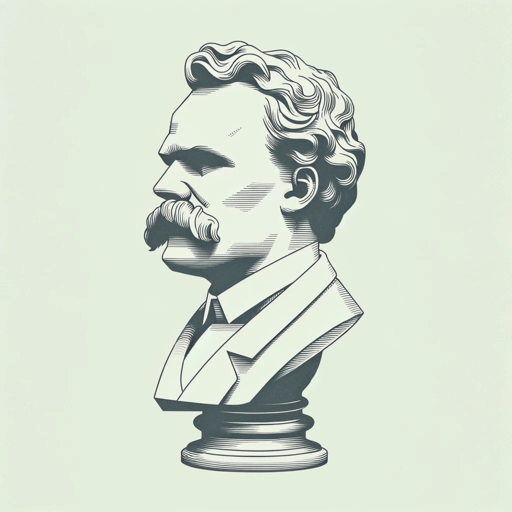82 pages • 2 hours read
Friedrich NietzscheThus Spoke Zarathustra: A Book for All and None
Fiction | Novel | Adult | Published in 1883A modern alternative to SparkNotes and CliffsNotes, SuperSummary offers high-quality Study Guides with detailed chapter summaries and analysis of major themes, characters, and more.
Symbols & Motifs
Mountains
Zarathustra begins the novel by going down from the mountains. He has spent the past ten years living in isolation as a hermit. Nietzsche writes, “Here he enjoyed his spirit and his solitude and for ten years he did not tire of it. But at last his heart transformed” (3). The mountains are first and foremost a place of isolation and deep meditation. Associated with the hermit, they too become something Zarathustra cannot reside in forever. The old hermit, whom Zarathustra encounters on his journey down to the village, observes a type of transformation in Zarathustra, showing that he is no longer a hermit.
Zarathustra is said to have carried his own ashes to the mountain, a paradoxical statement symbolizing rebirth. He now wishes to “carry (his) fire into the valley” (4). Zarathustra speaks of his transformation, saying, “What happened, my brothers? I overcame myself, my suffering self, I carried my own ashes to the mountain, I invented a brighter flame for myself and behold!” (20). The mountains, as a place of solitude, become strongly associated with transformation. Despite Zarathustra loving mankind and desiring to teach them, he routinely returns to the mountains to overcome himself. Nietzsche writes, “At this time Zarathustra returned again to the mountains and the solitude of his cave and withdrew from mankind, waiting like a sower who has cast his seeds” (63).
Related Titles
By Friedrich Nietzsche

Beyond Good And Evil
Friedrich Nietzsche

On The Advantage And Disadvantage Of History For Life
Friedrich Nietzsche

On the Genealogy of Morals
Friedrich Nietzsche

The Antichrist
Friedrich Nietzsche, Transl. H.L. Mencken

The Birth of Tragedy
Friedrich Nietzsche

The Gay Science
Friedrich Nietzsche

The Will to Power
Friedrich Nietzsche, Ed. Walter Kaufmann, Transl. R.J. Hollingdale
Featured Collections
Challenging Authority
View Collection
Fate
View Collection
Fear
View Collection
Good & Evil
View Collection
Guilt
View Collection
Order & Chaos
View Collection
Philosophy, Logic, & Ethics
View Collection
Power
View Collection
Religion & Spirituality
View Collection
Trust & Doubt
View Collection
Truth & Lies
View Collection

